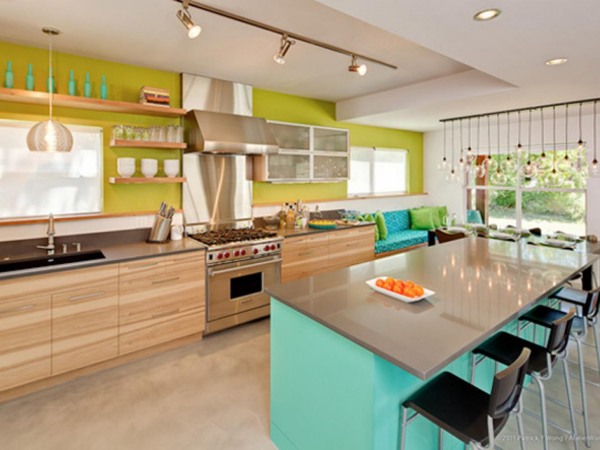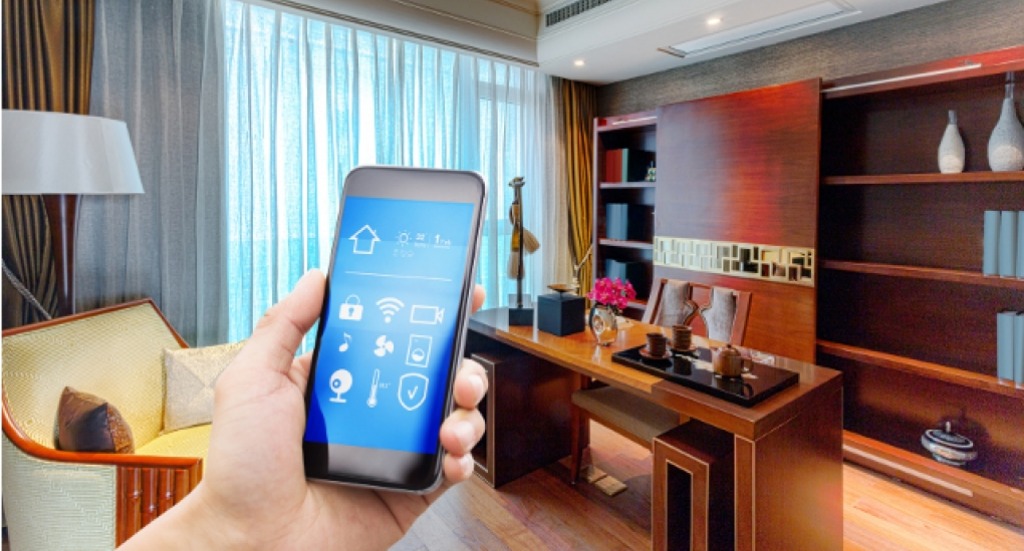Countertop materials are essential to your home’s functional and aesthetic aspects. The suitable countertop material can add value to your property and tie rooms together seamlessly. How you use your kitchen will help you determine the best countertop material. For example, if you frequently entertain guests, you may need a heat-resistant or stain-resistant surface.
Size
One of the more granular details you can control with your counters is their thickness. At the same time, it may seem like a minor factor, but a countertop’s thickness can significantly impact your home’s overall look and feel. Thicker countertops allow for a variety of decorative edges. They also work well for achieving an overhang and eliminating seams where possible. A thicker countertop will also support more weight than a thinner one, so it’s essential to consider the weight you plan on supporting. For example, if you plan to have a bar with seating at the counters, you’ll need to add additional supports to the overhang of your counters. It’s a good idea to consult with Kitchen & Bath by Design, who can advise you on how much support your counters will need to accommodate the weight and style of your intended furniture. The proper support will not only help keep your countertops looking great, but it can also prevent structural damage to your home.
Functionality
Your countertops are where cooking happens, and the type of material you choose for them should function well enough to accommodate the way you live. Countertops that are easy to clean, strong against accidental chopping or knife wear, and resistant to staining and bacteria will make your life easier.
The front edge of your countertop provides a decorative touch and plays a functional role. For example, an eased edge softens the top corners of your countertop, making it safer to lean against and more versatile in design styles. An ogee edge has an intricate profile and is perfect for formal or elaborate kitchens. Stainless steel is heat-resistant and durable, but it can show fingerprints easily and isn’t the best choice for homes with young children. On the other hand, a natural stone like quartz or marble can be beautiful and elegant but may require more regular maintenance to keep them looking Pinterest-perfect.
Aesthetics
Countertops are an essential component of the overall appearance of a kitchen. They need to be durable and attractive to withstand the demands of everyday use. However, they must also stand out and add elegance to the space. One way to achieve this is by choosing a countertop that features beautiful and natural patterns. The veining is a common feature in stone countertops, and it can help you create a unique look that will impress your guests. It can enhance the surface’s appeal by giving it more depth and texture. The field of aesthetics explores the beauty and pleasures of art and nature. While philosophers made some forays into these ideas during the Renaissance, the eighteenth-century philosopher Immanuel Kant’s Critique of Judgment established the modern usage of the word “aesthetic.” His work emphasized the importance of discerning the meaning and value of artwork using close attention to its formal and surface features.
Maintenance
A countertop is one of homeowners’ most significant kitchen or bathroom remodeling investments. The material and style you choose can significantly impact the aesthetic of your space. Before committing to a specific material, consider your preferred aesthetic and lifestyle needs. For instance, if you’re a home entertainer and regularly host dinner parties, consider a material that will easily stand up to frequent use. Likewise, a family with young children will likely prioritize a stain-resistant surface. Many different colors and patterns are available in laminate countertops, making them affordable. They’re made of compressed papers, wood, and plastics placed over particleboard or other wooden substrates. They can be sanded down and repaired to camouflage minor scratches or gouges. A laminate repair paste or color-matched countertop pen is usually all you need to do to restore the surface. These are available at most hardware stores and home improvement stores.


